REFLECTING UPON THE CURRENT MUSEUM
Last week I saw an exhibition at 180 Studios in London called Future Shock, a video-based exhibition where artists try to blur the lines between physical and virtual, presenting an exhibition of a new world of imaginary space at the apex of vision.
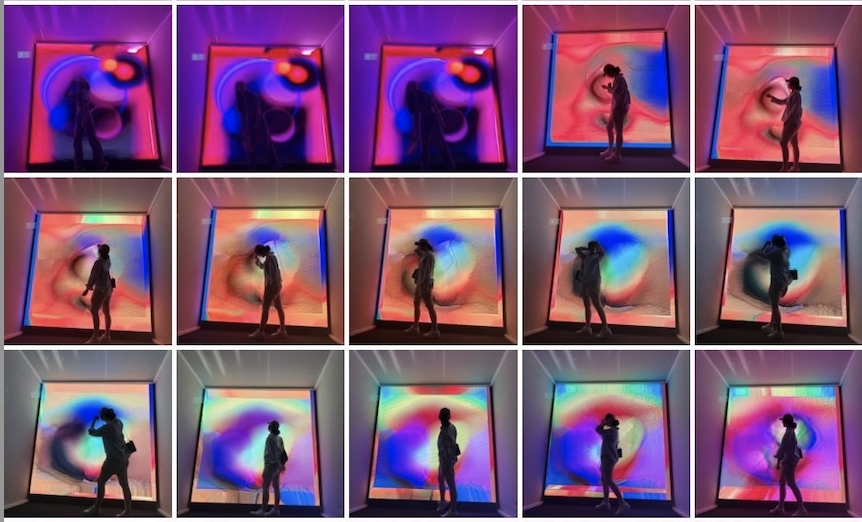
In this series of wonderful exhibitions, we can see artists’ thinking and exploration of the future, and their attempts and presentation of new forms of communication design. The audience can also have a variety of options to watch the exhibition. They can appreciate the charm brought by the fusion of images and music, or they can try to interact with the exhibition installations. Generative algorithms and interactive technologies have brought more possibilities to the future, in which we can experience the artistry of artificial intelligence. This is also a phenomenon that can be thought-provoking. Can the interactive algorithm itself be artistic? These laser devices, as well as holographic projection, etc., are one of the methods that we can practically simulate the future, expressing the possibility of the future, which also makes people think about whether we can develop more innovative technologies to make art? All in all, I think this exhibition is a success, it considers and tries to innovate, and breaks some stereotypes
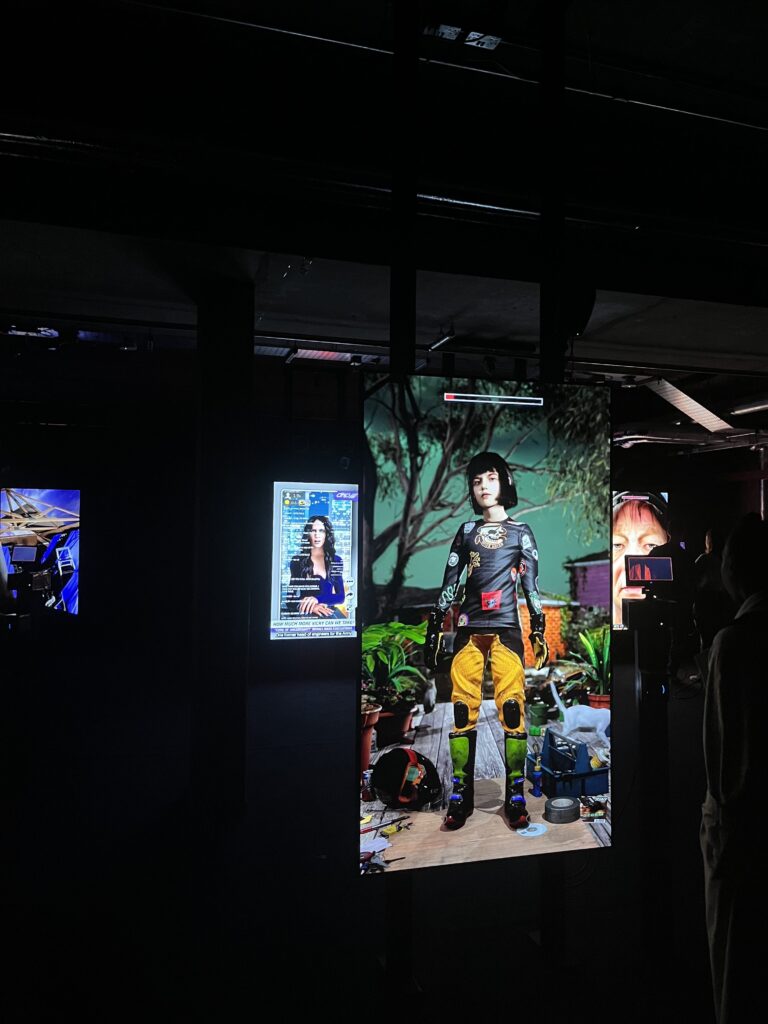
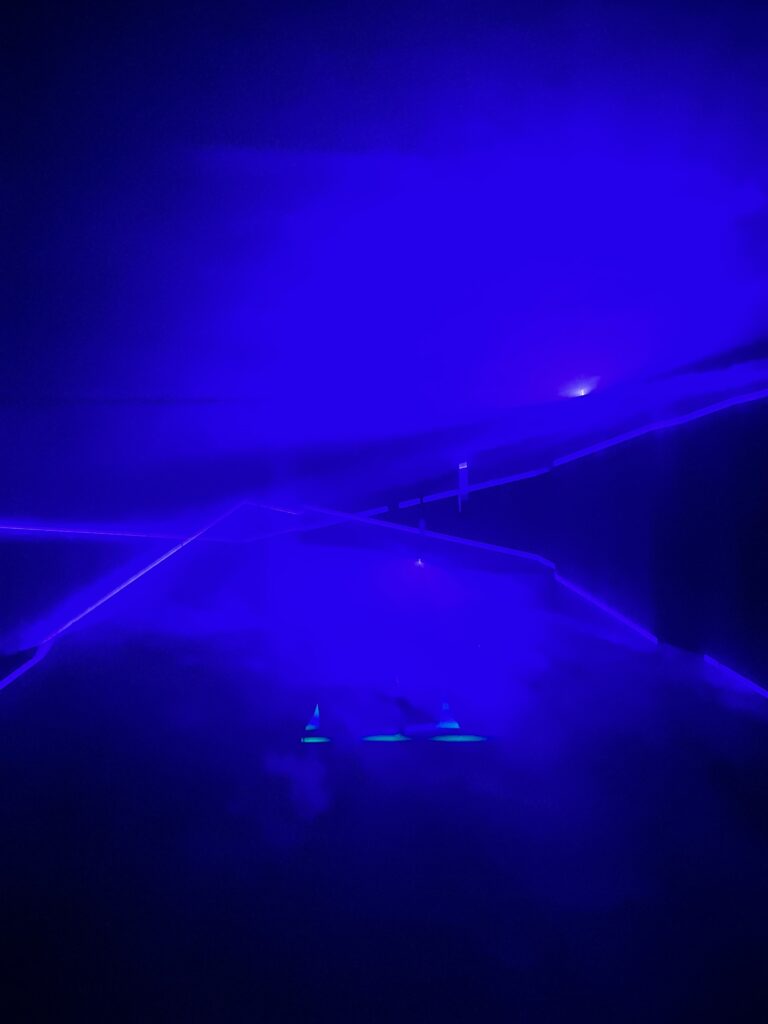
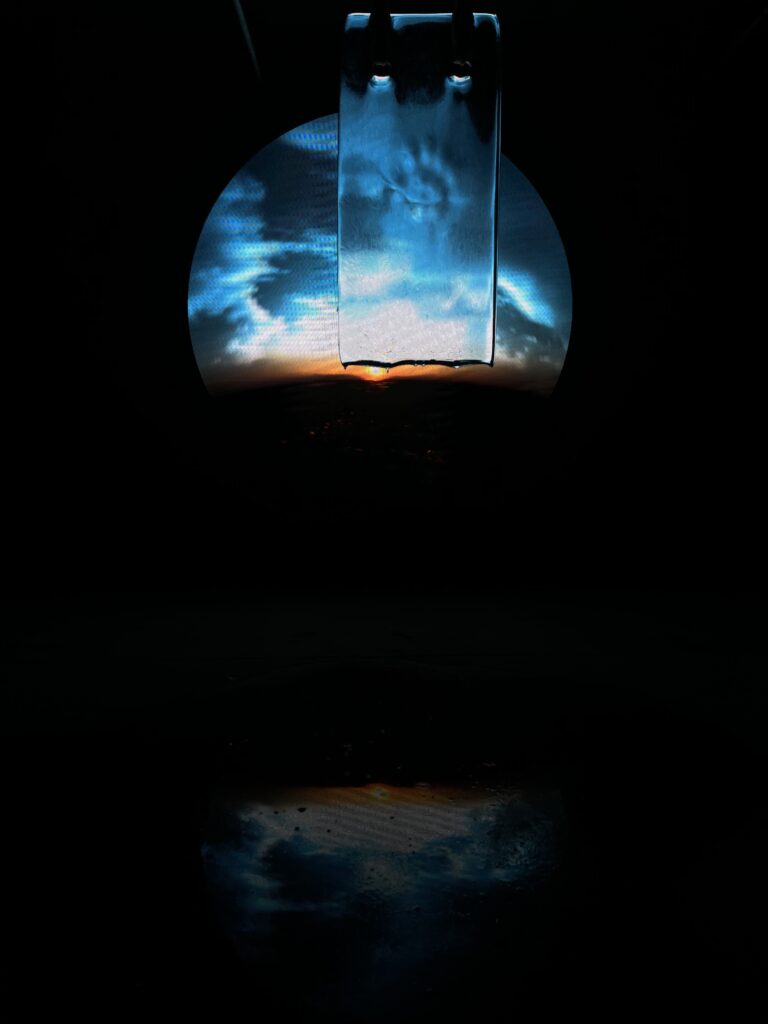
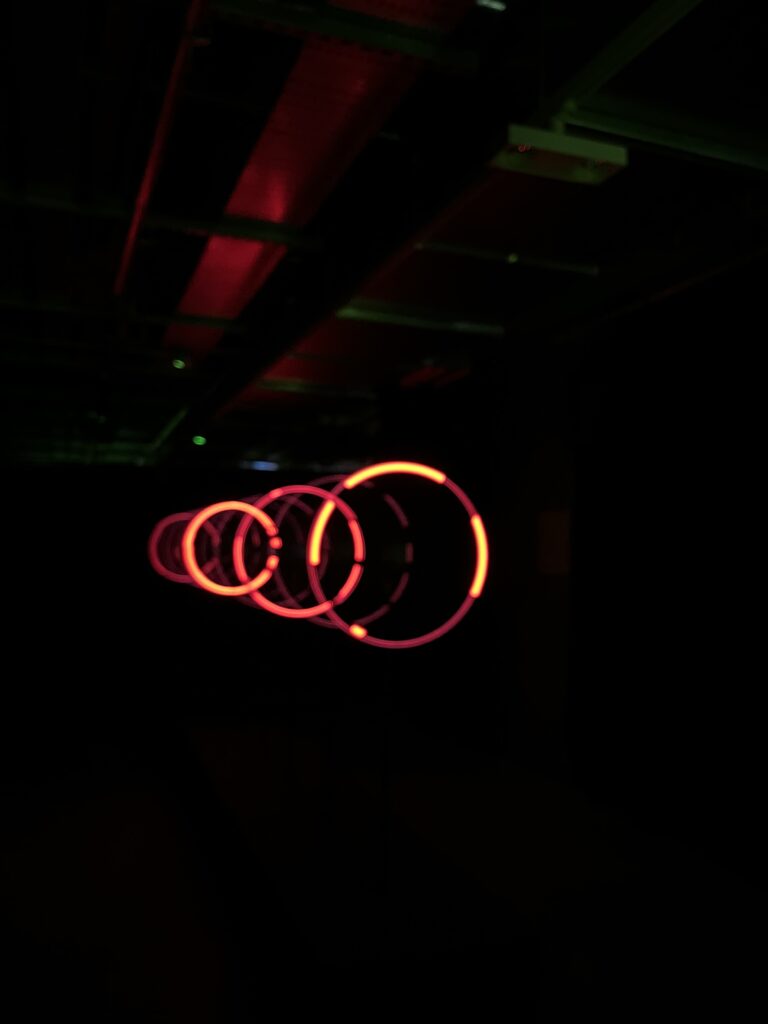
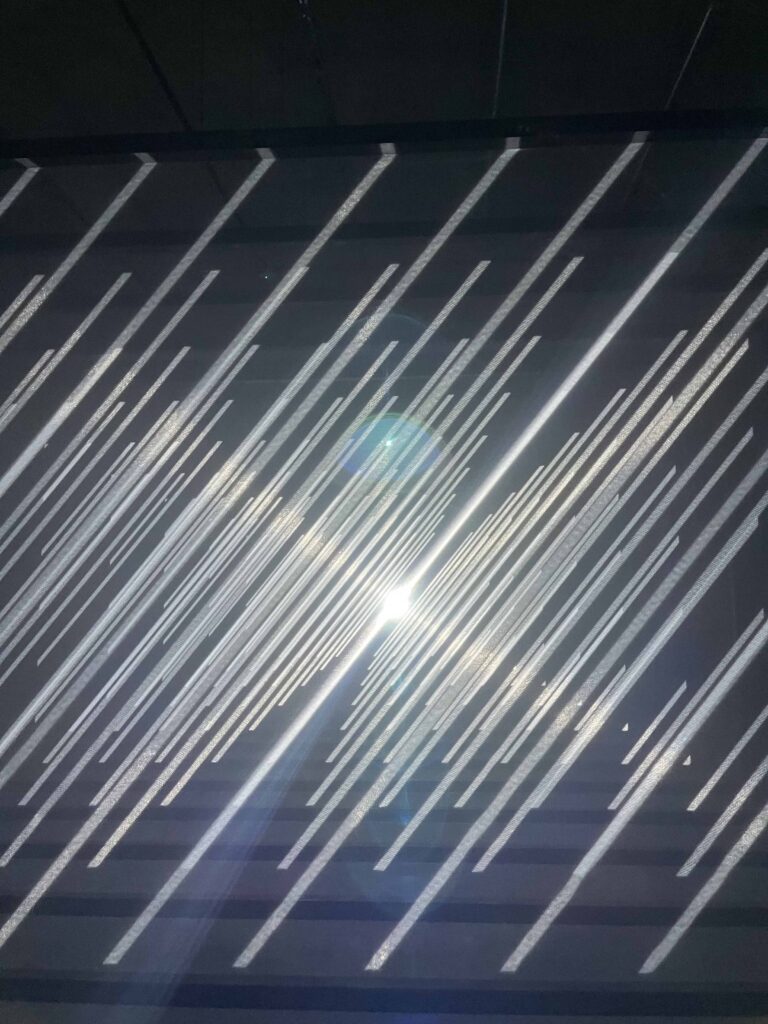
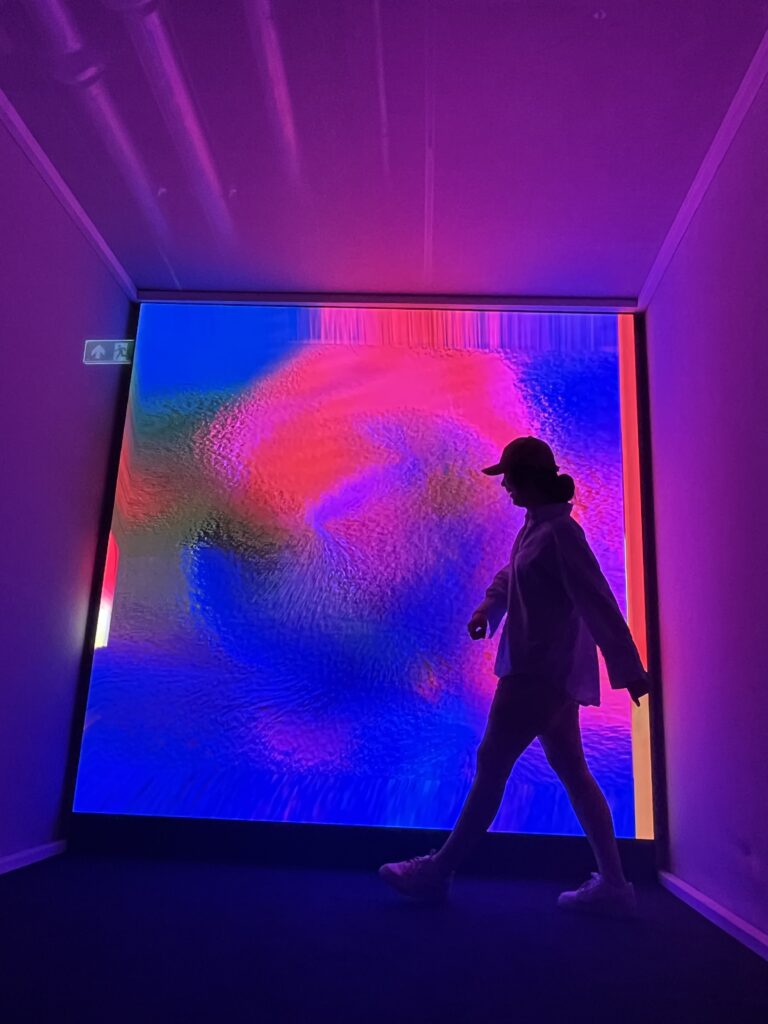
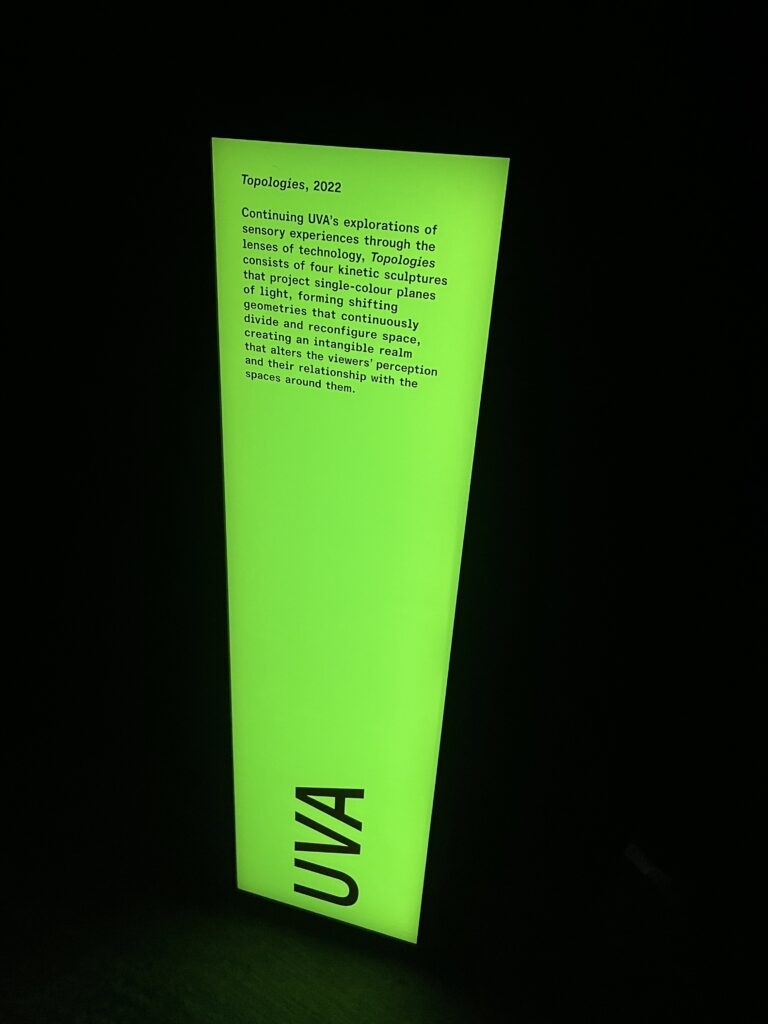
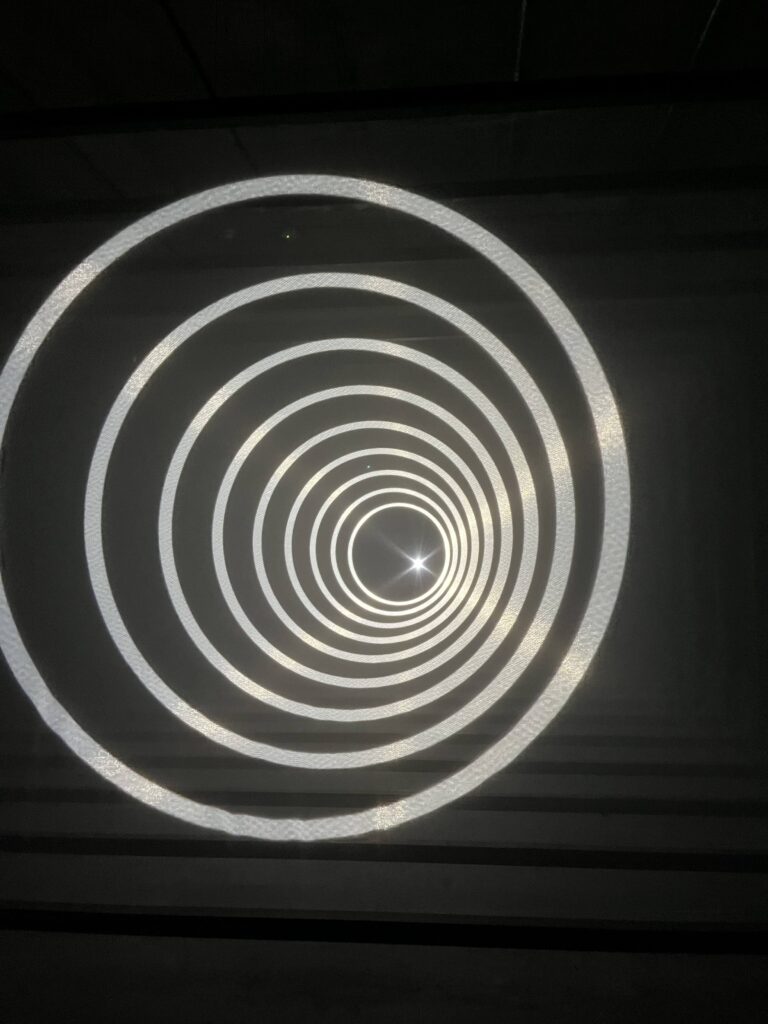
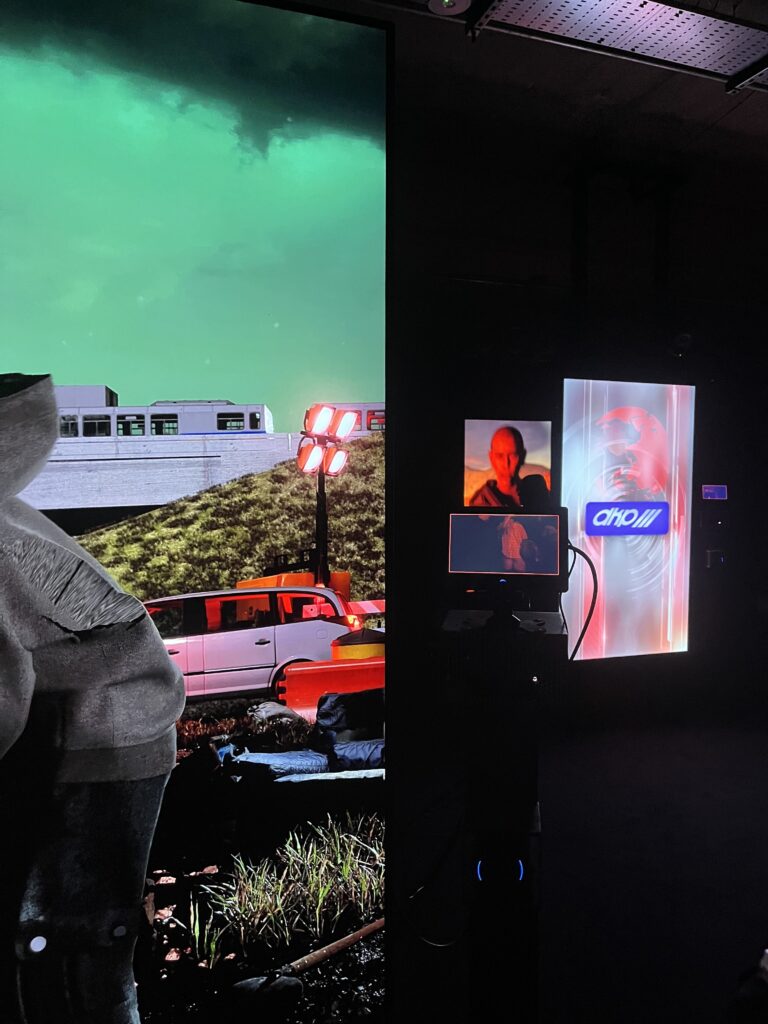
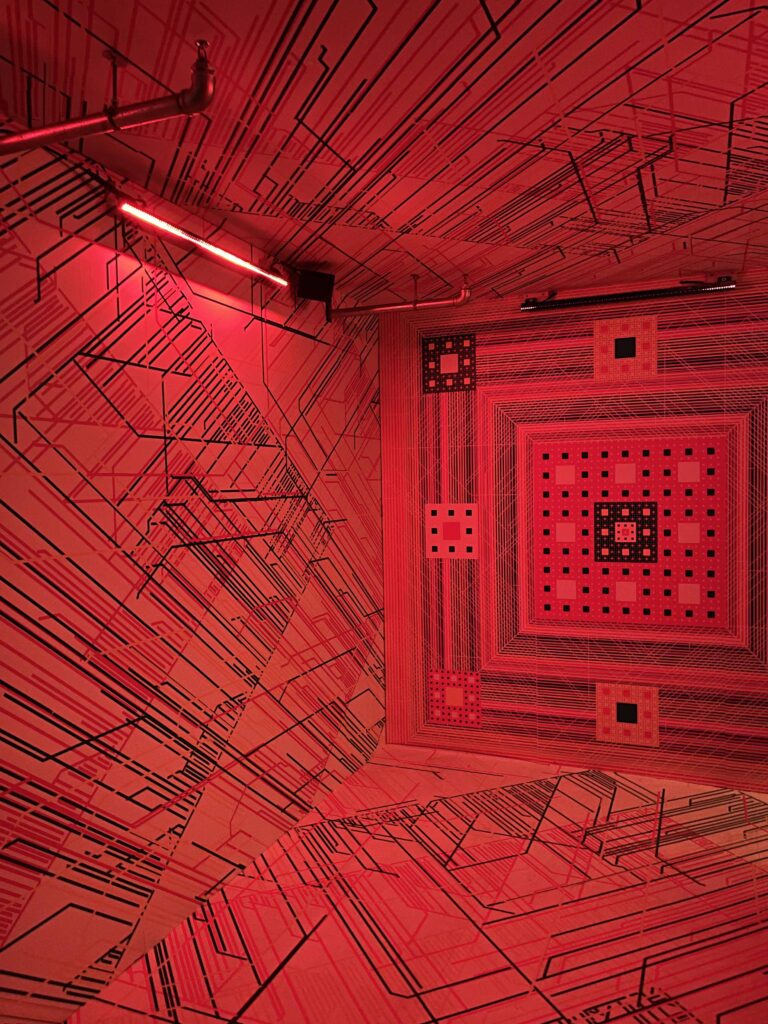
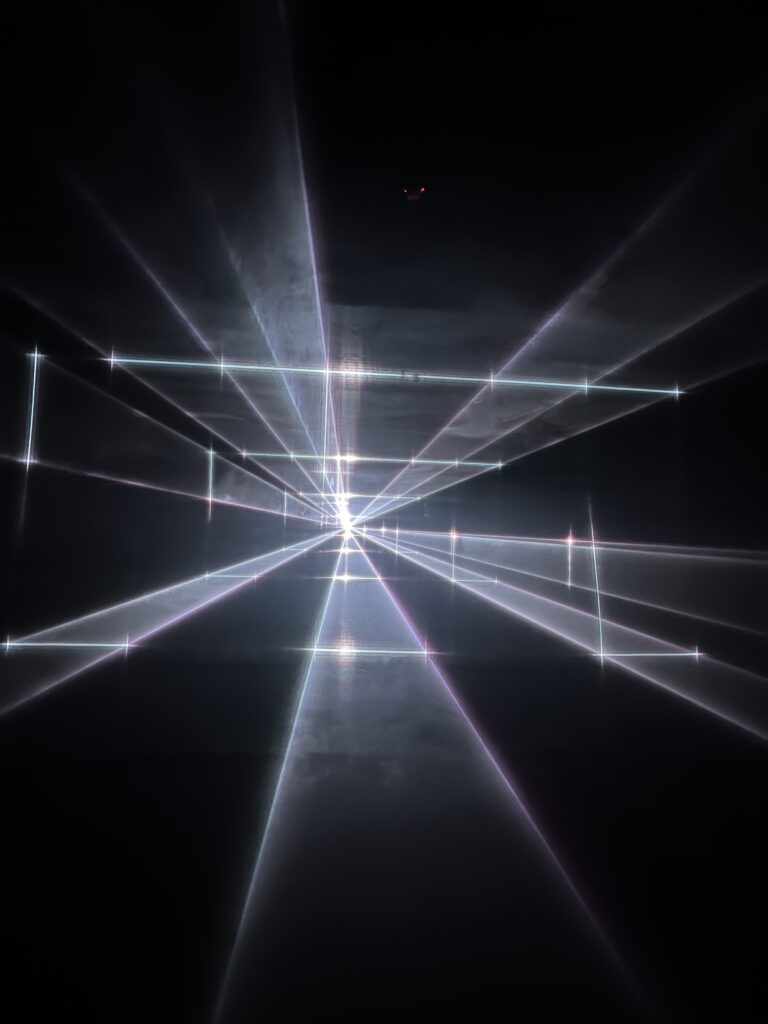
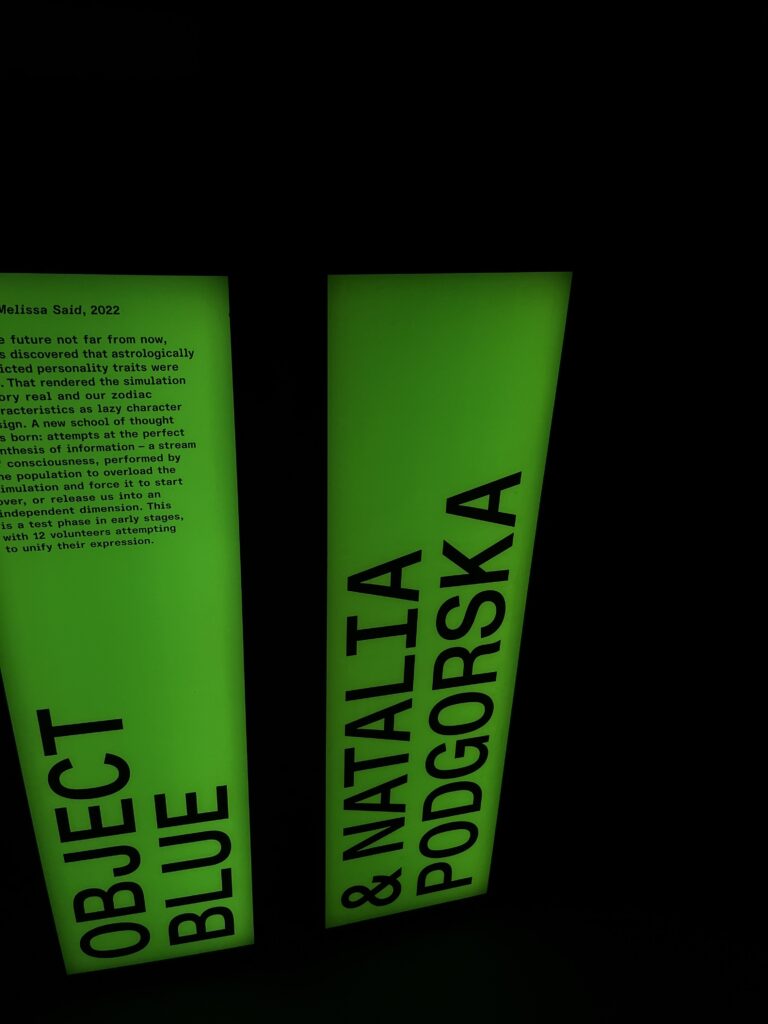
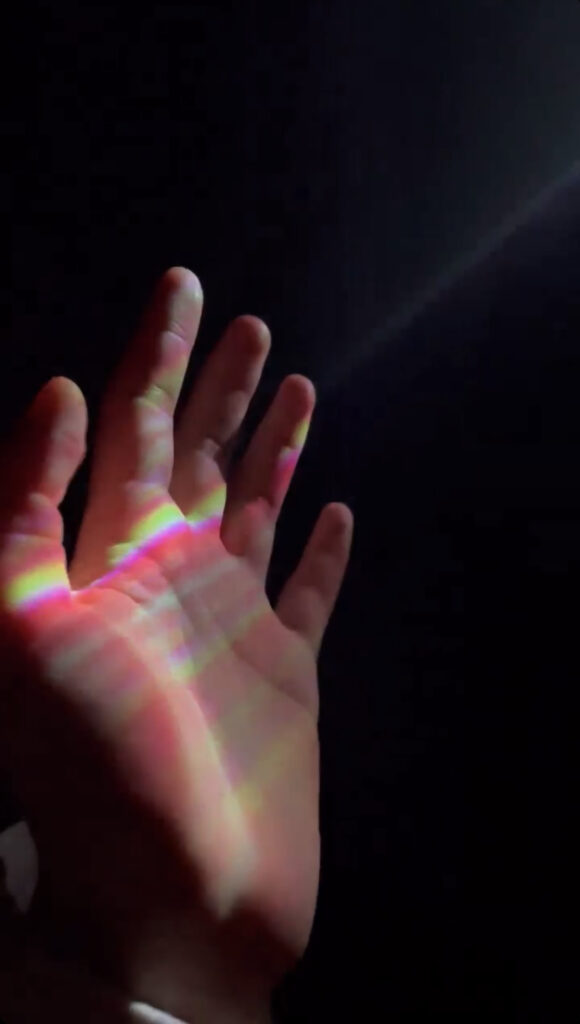
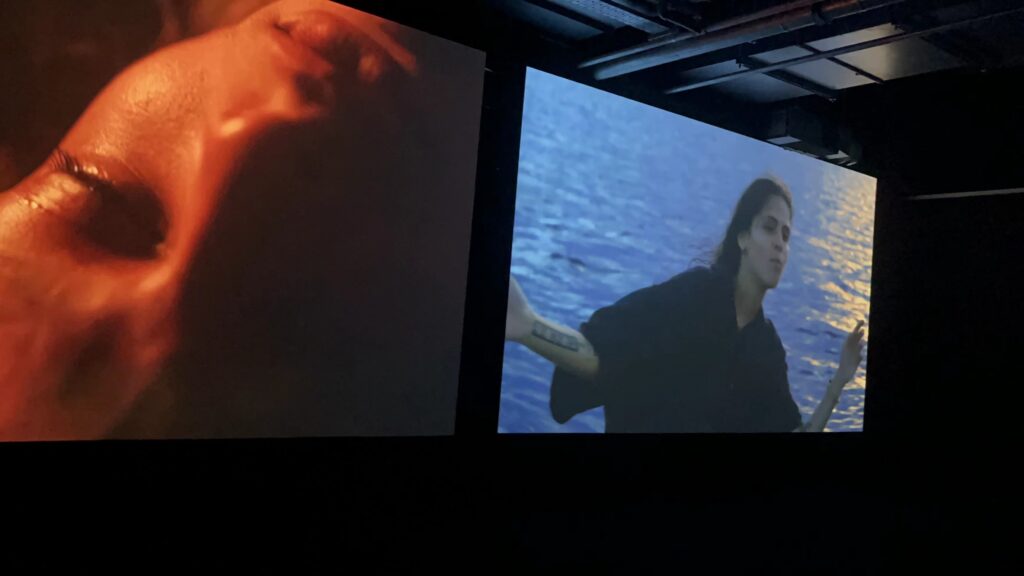
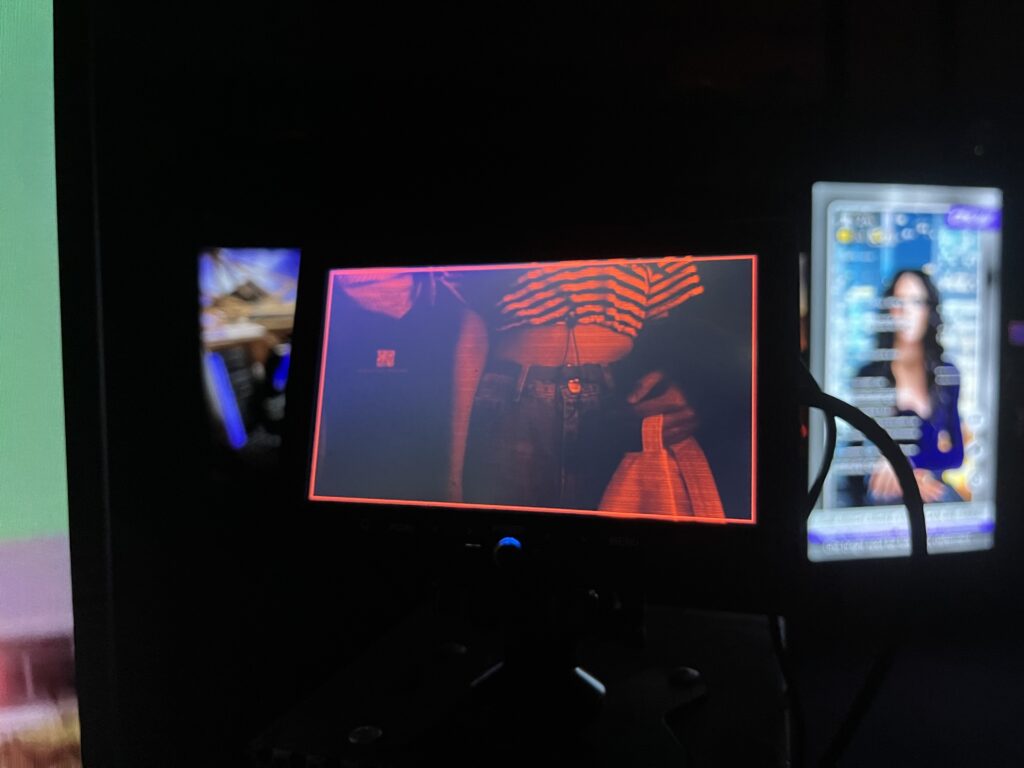
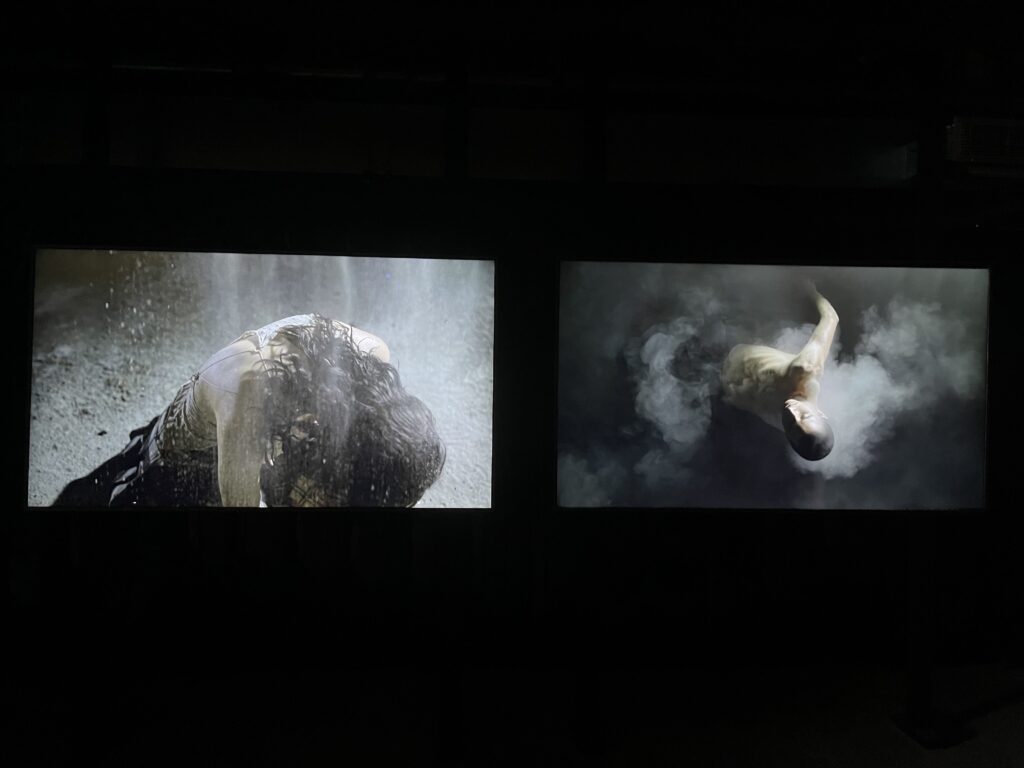

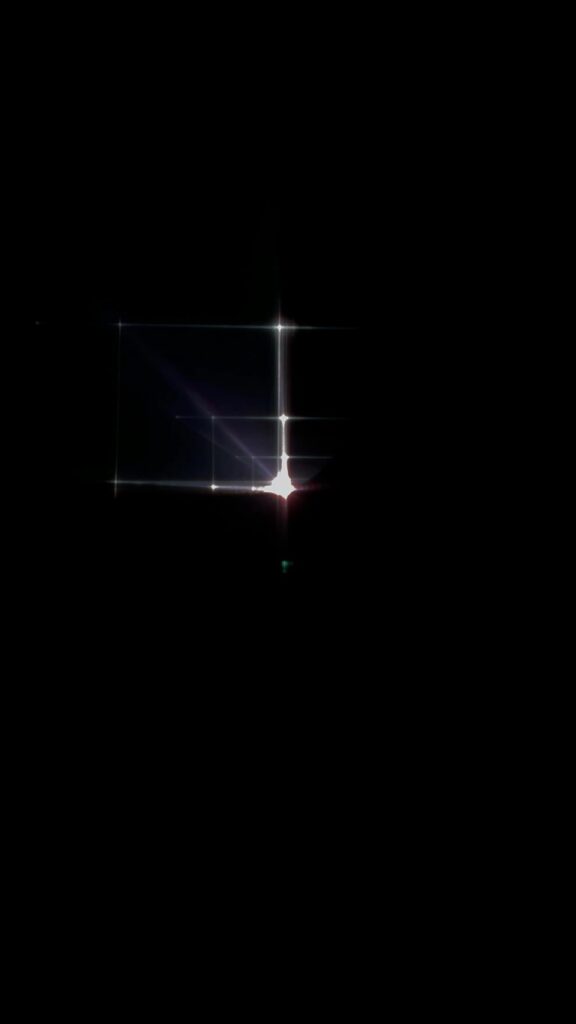
Appendix Description
Future Shock transforms the subterranean spaces of 180 Studios with mesmerizing immersive digital technologies – from generative and interactive algorithms, artificial intelligence and 3D digital maps, to riveting laser compositions, holographic projections and groundbreaking electronic music.
Featuring an array of visionary artists – Ryoichi Kurokawa, UVA, Caterina Barbieri and Ruben Spini, Lawrence Lek, Actual Objects, Gener8ion, Weirdcore, Gaika, Nonotak, Ben Kelly, Hamill Industries, Ib Kamara, Ibby Njoya, Object Blue and Natalia Podgorska – They reimagine our near future with multiple new commissions, site-specific installations and key sensory experiences, challenging our preconceptions and offering new possibilities.